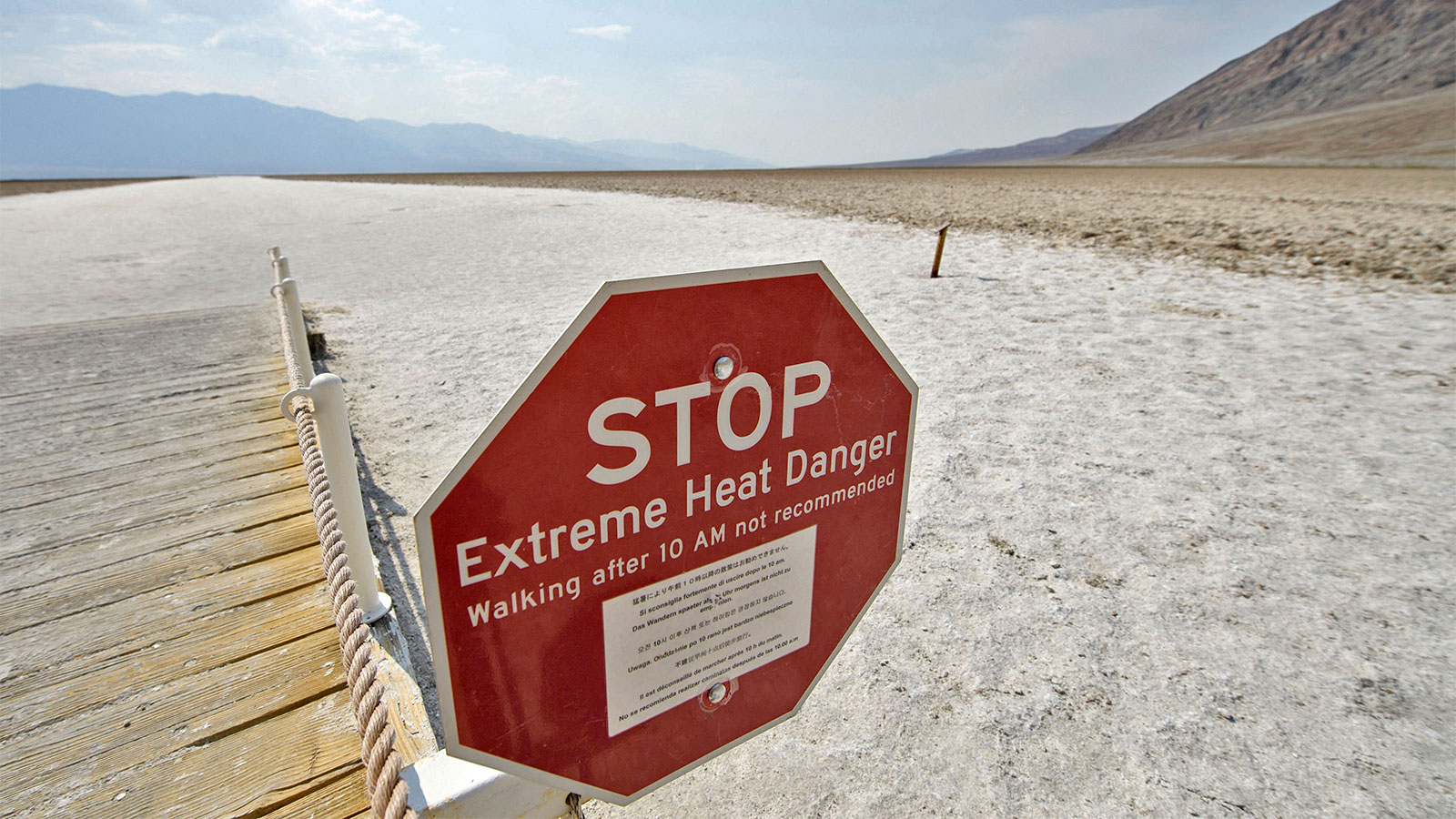The United Nations’ Intergovernmental Panel on Climate Change, or IPCC, came out with its sixth annual climate change assessment on Monday. The IPCC report, which compiles all of the latest scientific research on climate change and presents it in one massive assessment, has served as a wake-up call for policymakers and the public every time it has been published.
As the wake-up call has gone largely unheeded, with little done globally to rein in emissions, the IPCC’s main takeaways have grown increasingly dire with each successive assessment. This year, the report’s authors delivered one of their bleakest messages yet: Climate change is baked into our immediate future, and the window of opportunity to do something about how bad its effects can be is closing fast.
The planet has already warmed just over 1 degree Celsius, 1.8 degrees Fahrenheit, above pre-industrial levels due to human activity. That number might sound small, but it can translate into some pretty severe climate impacts — ones that are already being felt across the globe. In the U.S., climate scientists have determined that major wildfires in California, extreme flooding in the Northeast, and drought in the West have all been exacerbated by that one degree of warming. The sixth annual assessment found that the planet is all but guaranteed to continue heating up and will reach 1.5 degrees of warming — the boundary line between ‘manageable’ and ‘catastrophic’ warming — in the next two decades.
But what does that distinction really mean — and how can someone without a science background decipher a technical and lengthy climate change report? Luckily, some of the IPCC report authors and other climate scientists took to Twitter to break down the biggest takeaways.
First off, Jessica Tierney, a paleoclimatologist at the University of Arizona and a lead author of the assessment, wrote a thread explaining how the report actually works. It is conducted by volunteer scientists over the course of three years. Why do they volunteer for such a time-consuming job? “Because we care about making sure the world knows about what has happened and what will happen if we don’t cut emissions,” Tierney wrote. The main portion of the report has 12 chapters, but if you want a concise summary of the main takeaways, go straight to the “summary for policymakers.”
Darrell Kaufman, a paleoclimate scientist at Northern Arizona University and another lead author of the report, described how this report differs from the IPCC’s previous report in 2013. The global surface temperature is 0.3 degrees Celsius (0.54 degrees Fahrenheit) warmer now than it was back then. What does that tell us? “There’s no going back, at least not for centuries,” Kaufman wrote. He also noted that global temperatures are warming to a level that hasn’t been documented on planet Earth for about 125,000 years, the Last Interglacial period.
Scientists who were not involved in writing the report are also digesting the findings online. Take Zeke Hausfather, director of climate and energy at the Breakthrough Institute, an environmental research center in Berkeley, California, who was a contributing author to the report. In a Twitter thread, Hausfather says the assessment “provides an unprecedented degree of clarity about the future of our planet.” The previous IPCC report, he noted, estimated that the planet would likely warm somewhere between 1 and 6 degrees C (1.8 to 10.8 degrees F). This report narrows that range to 2 to 5 degrees C (3.6 to 9 degrees F) if the concentration of carbon dioxide in the atmosphere is doubled*.
That’s both good and bad news, Hausfather said. It means the mildest warming scenario is all but off the table. We are not going to be riding out the climate crisis at a cool 1 degree C of warming. On the other hand, the absolute worst-case scenarios are also unlikely. The planet is projected to hit 1.5 degrees C of warming by the 2040s, but there’s still time for us to determine how bad it gets from there.
Finally, if twitter threads aren’t your thing, Miriam Nielsen, a climate science Ph.D. student at Columbia University, made a 7.5-minute video explaining how the report works and what’s in it in crystal clear terms.
*This post has been updated to reflect that the planet is expected to warm between 2 and 5 degrees C only if CO2 emissions double.



